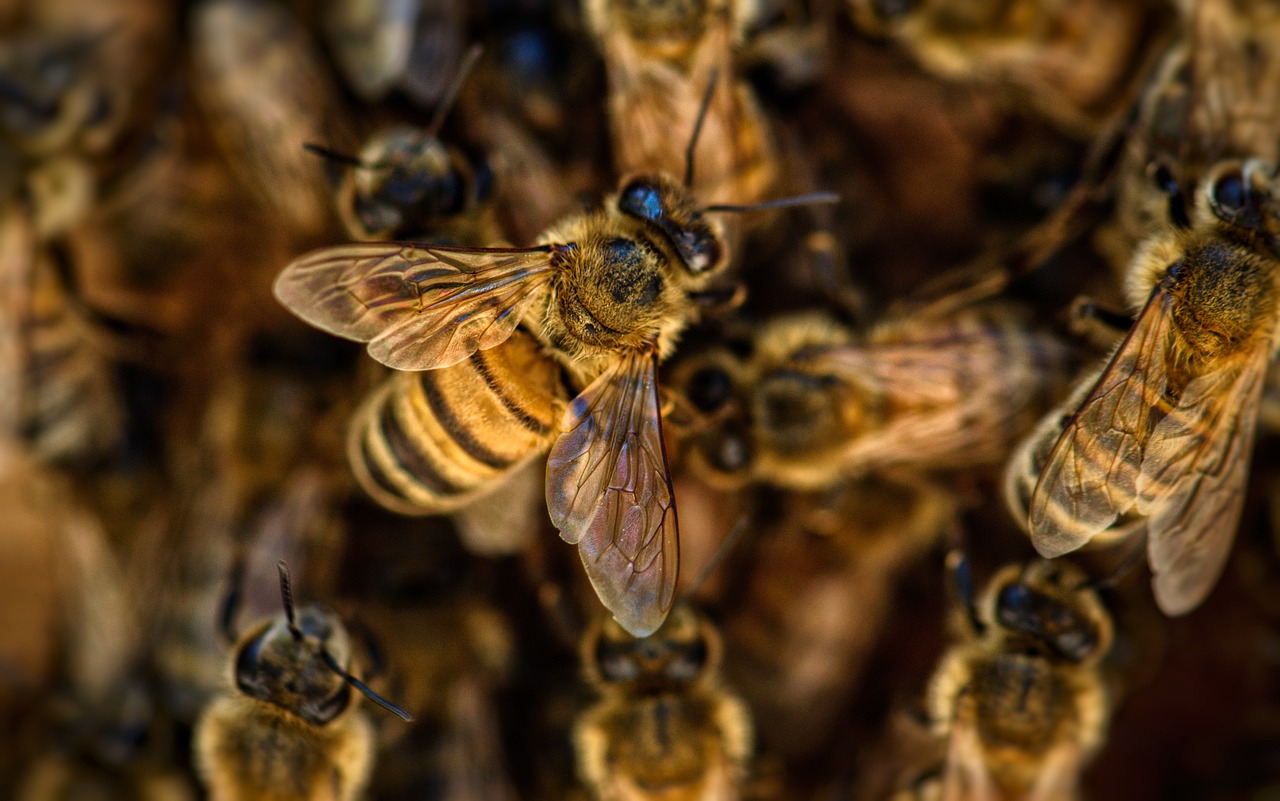
The United States Department of Agriculture (USDA) Agricultural Research Service (ARS) has developed an attack against Deformed Wing Virus (DWV) in Honeybees. DWV, along with other viruses, is responsible for millions of colonies dying worldwide, and it is vital to keep these Honeybees alive as they are an important piece of the agricultural industry.

Four $5,000 scholarships are available for high school seniors, graduates, or current college undergraduates residing and studying in the U.S. Purina and the Land O' Lakes Foundation have teamed up to give these students who have experience in agriculture and livestock production. Applications are open from March 18th through April 17th.
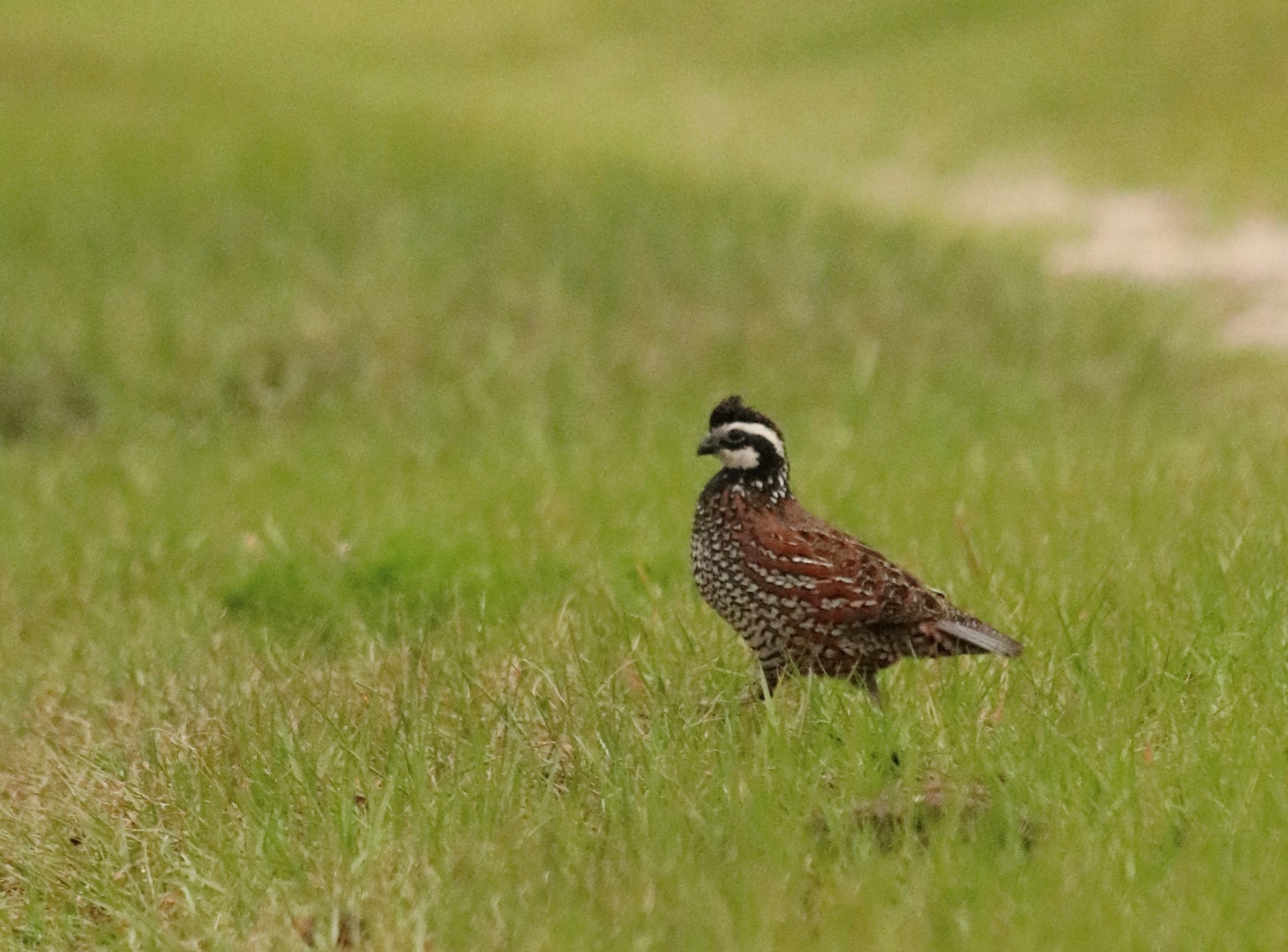
The United States Department of Agriculture (USDA) is starting a new conservation initiative, the Working Lands for Wildlife's Northern Bobwhite Pilot Project. This project was started to benefit the populations of Bobwhite quail and other game and non-game species on private working lands. Anyone interested in becoming involved in this project should contact USDA Natural Resources Conservation Service (NRCS).
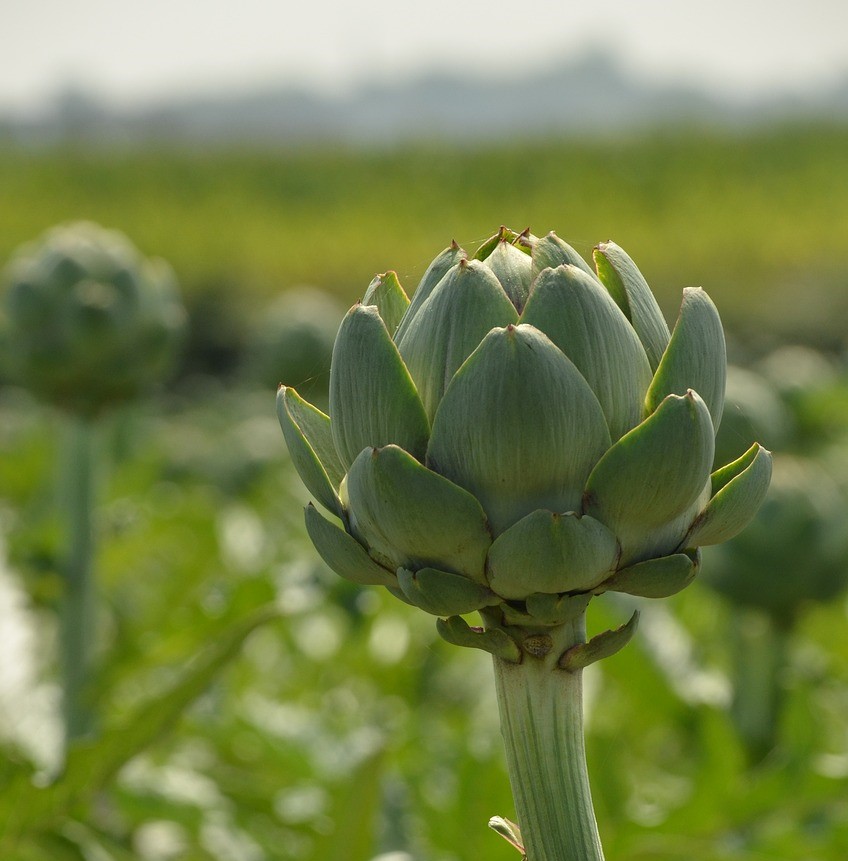
For an artichoke plant to form a bud, they must experience 200 to 1,300 hours of temperatures below 50 degrees Fahrenheit. Here in Florida, that poses a challenge to anyone wanting to grow these beautiful and tasty plants. Shinsuke Agehara, a University of Florida (UF) associate professor of horticultural sciences, has found that using gibberellic acid, a plant-growth hormone, can produce higher yields of the "Imperial Star" and "Green Queen"...
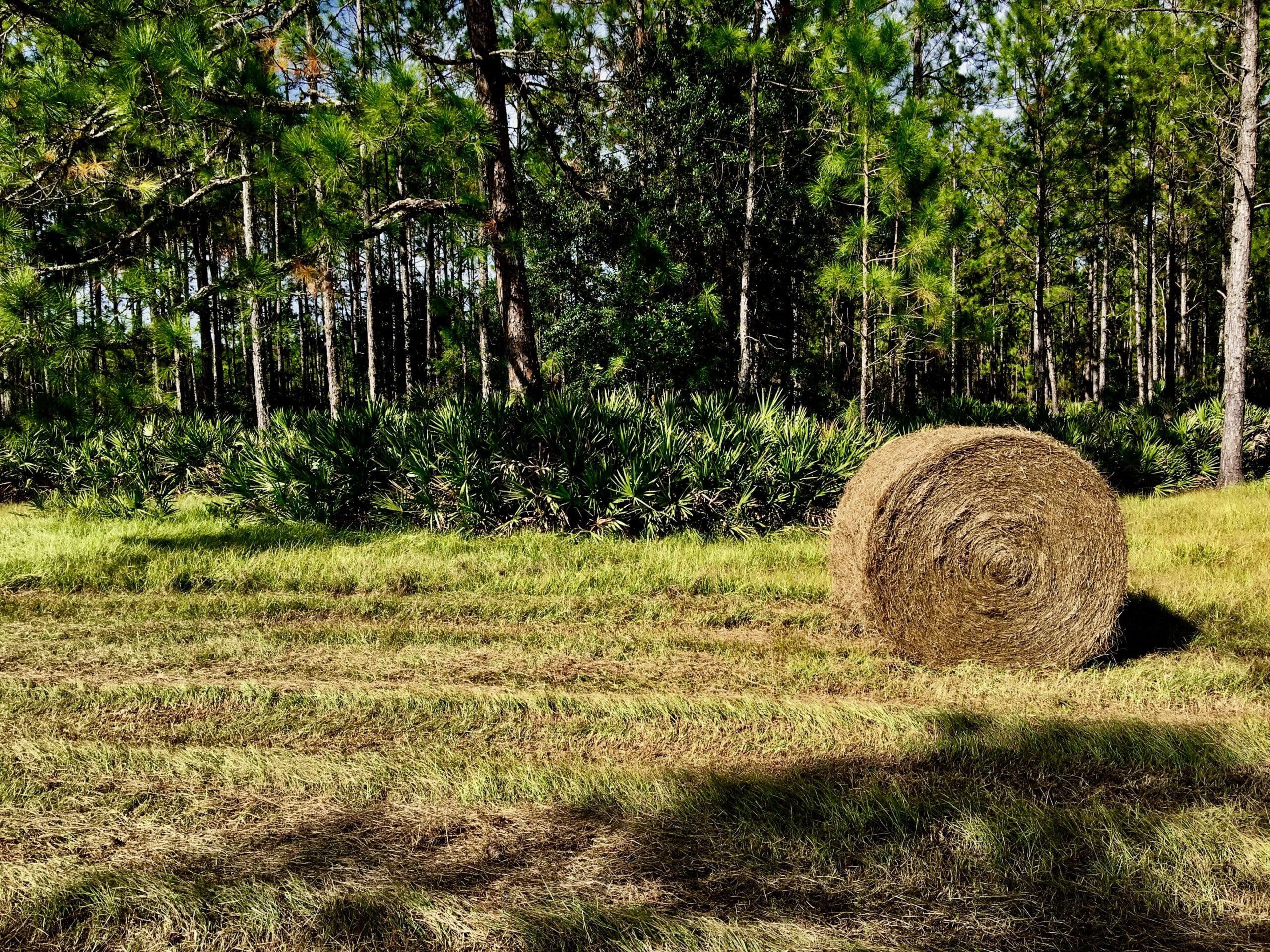
According to a new report from the United States Department of Agriculture's (USDA) Economic Research Service (ERS), a large majority of commodity production came from large scale family farms, with the largest percentage being 76% of dairy products. However, small family farms also contributed to this commodity production in 2022, with the largest contribution being 53% of hay production.
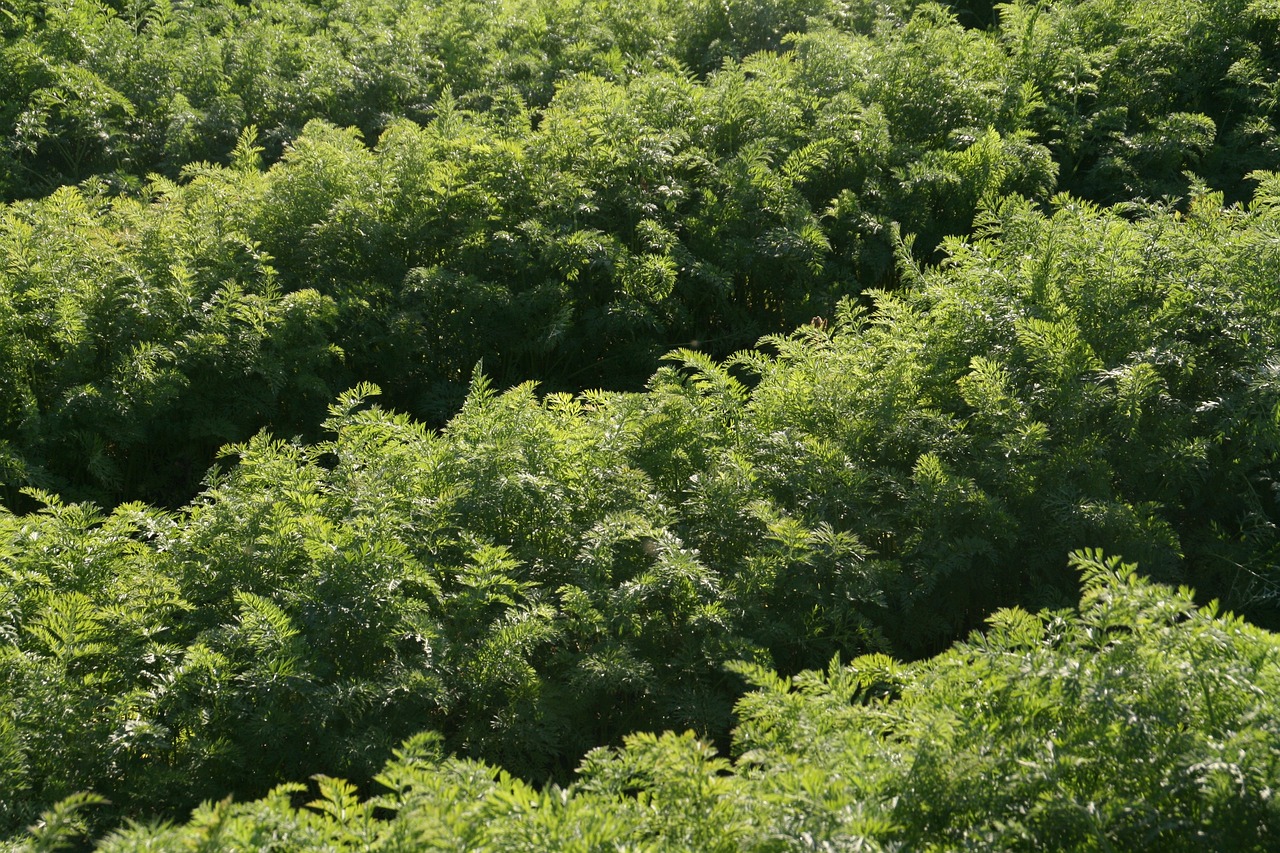
Jaya Nepal has completed a Ph.D. in Soil, Water, and Ecosystem Sciences with UF/IFAS at the Indian River Research and Education Center (IRREC) in Fort Pierce, Florida. This area of Florida has very sandy soils that are known to not hold nutrients and make it difficult to grow some crops. Using nanoparticle nutrients such as nitrogen, potassium, and phosphorus can reduce leaching of these nutrients into waterways.

Wilton Simpson, Florida Commissioner of Agriculture, has announced that farmers can now apply for the Florida Farm Tax Exempt Agricultural Materials (TEAM) card. This wallet-sized plastic card can be used when purchasing agricultural materials and these farmers will receive tax exemption.
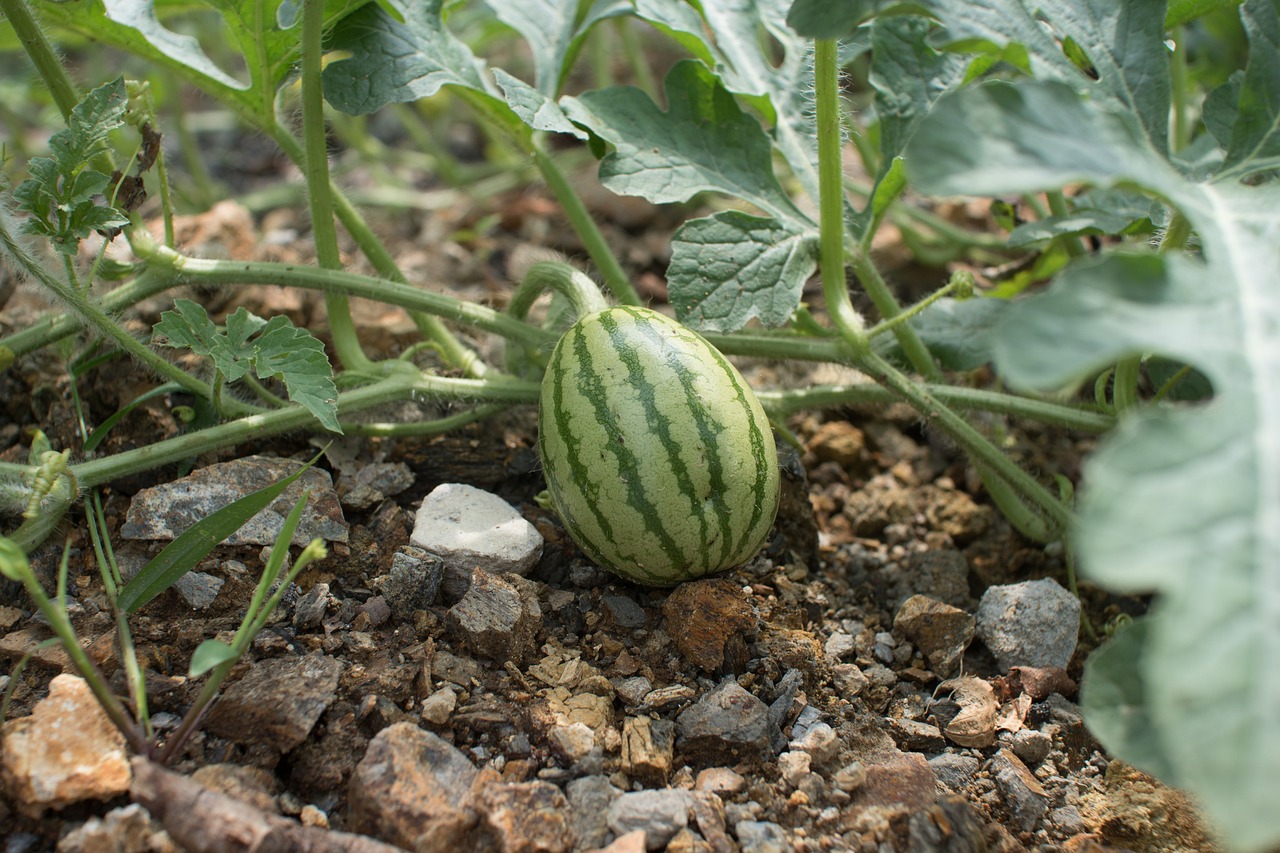
Farmers have been using plastic mulch, but paper mulch provides protection against some of the pesky weeds that farmers struggle with, such as nutsedge. “Nutsedge will not come through the paper that we’re using with WestRock. The only place where nutsedge can come through is in the hole where we plant the watermelon transplant. That’s an incredible advancement, because we do not have really good control measures chemically for nutsedge in...
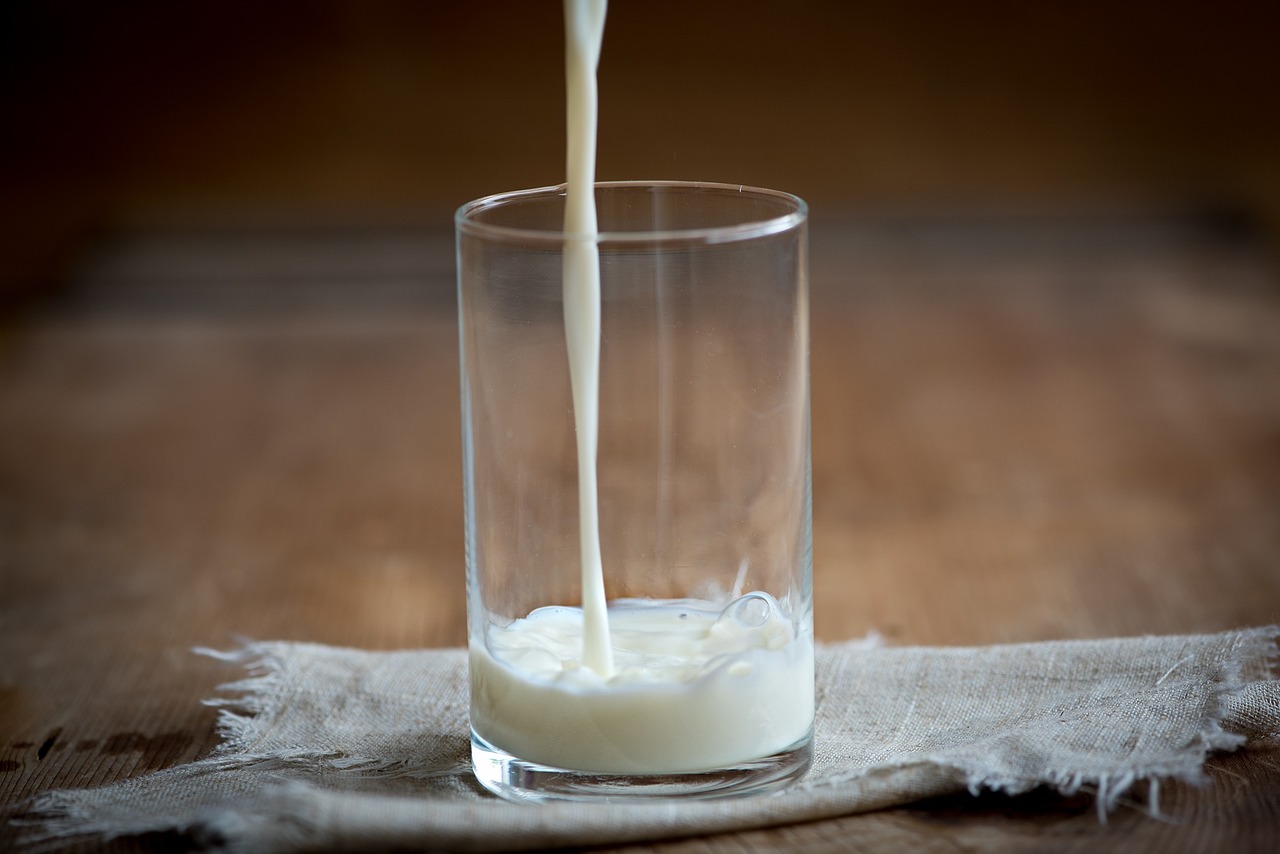
Whole milk, or red topped milk, will be back into schools very soon. Dr. John Joyce says, " “Individuals who consume more than two dairy products each day have a lower risk of cardiovascular disease. There are lower morbidity associated with those who have whole milk and whole milk products in their diet.” This bill passed on a 330-99 margin on Wednesday, December 13th, 2023.
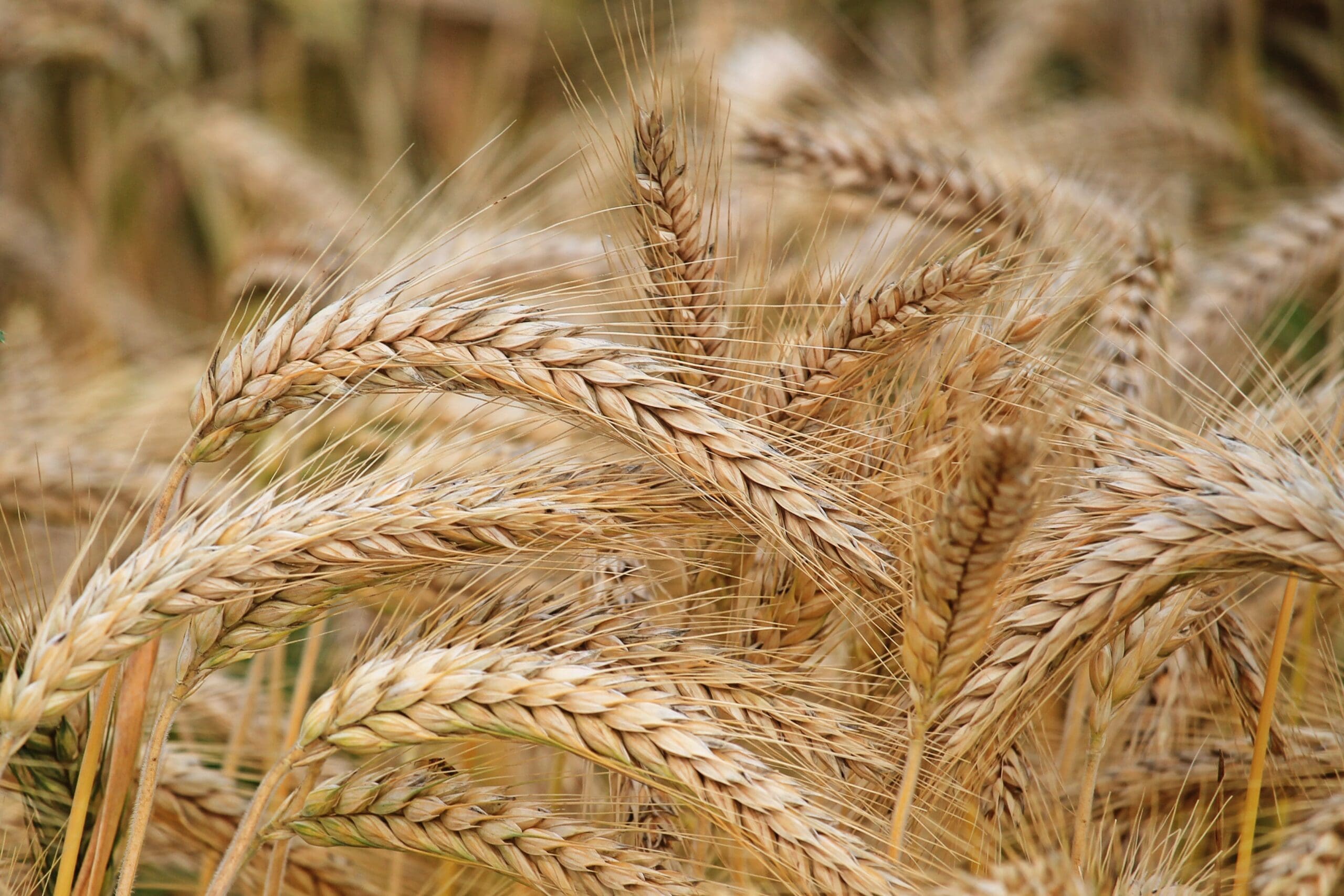
A new social media campaign is being launched by the Wheat Foods Council (WFC) to educate fitness professionals and trainers on the health benefits of including wheat in a healthy diet. “By harnessing the power of social media, the campaign creates a dialogue, encourages knowledge sharing, and inspires a shift in how the fitness industry views wheat foods in a healthy lifestyle,” says WFC President Tim O’Connor.










